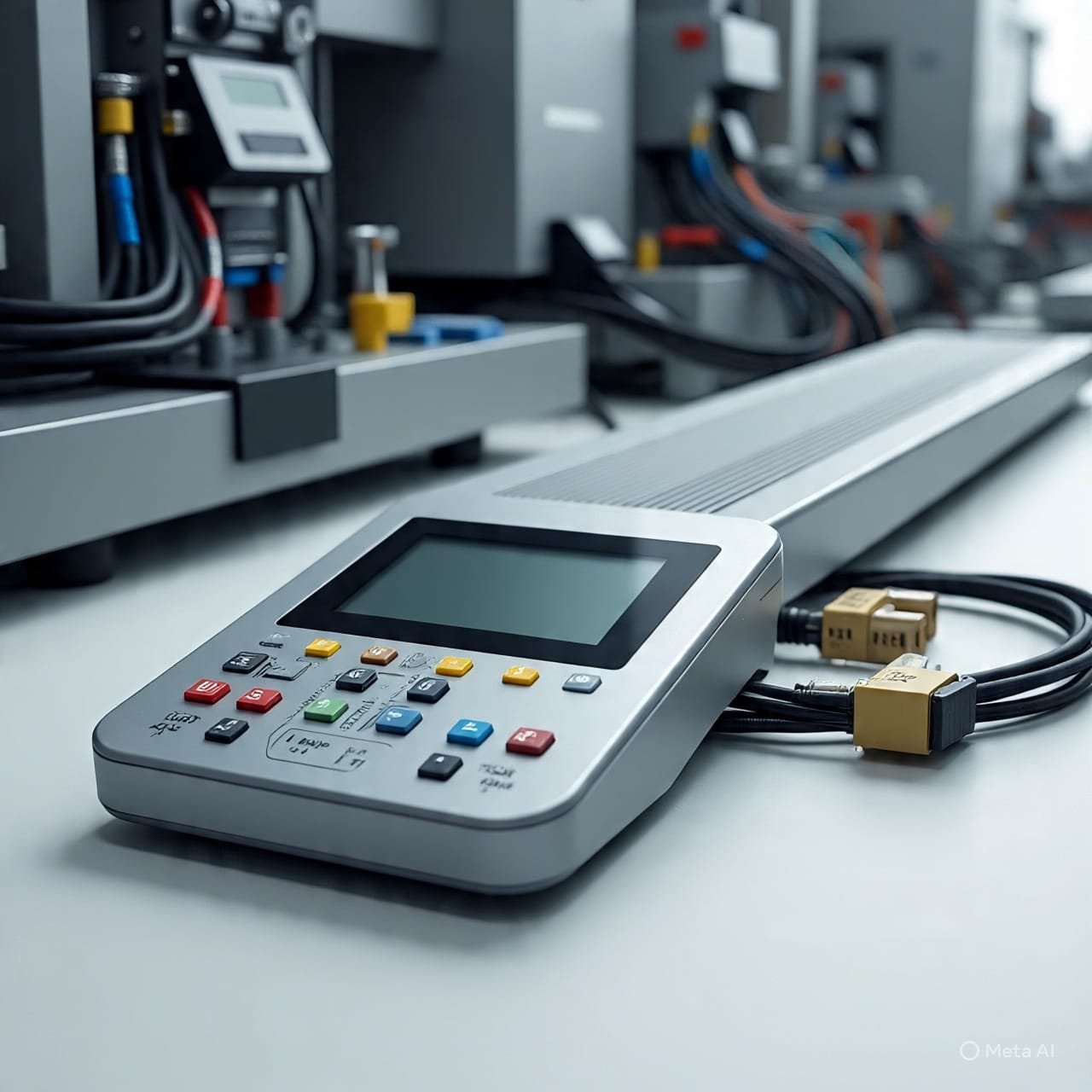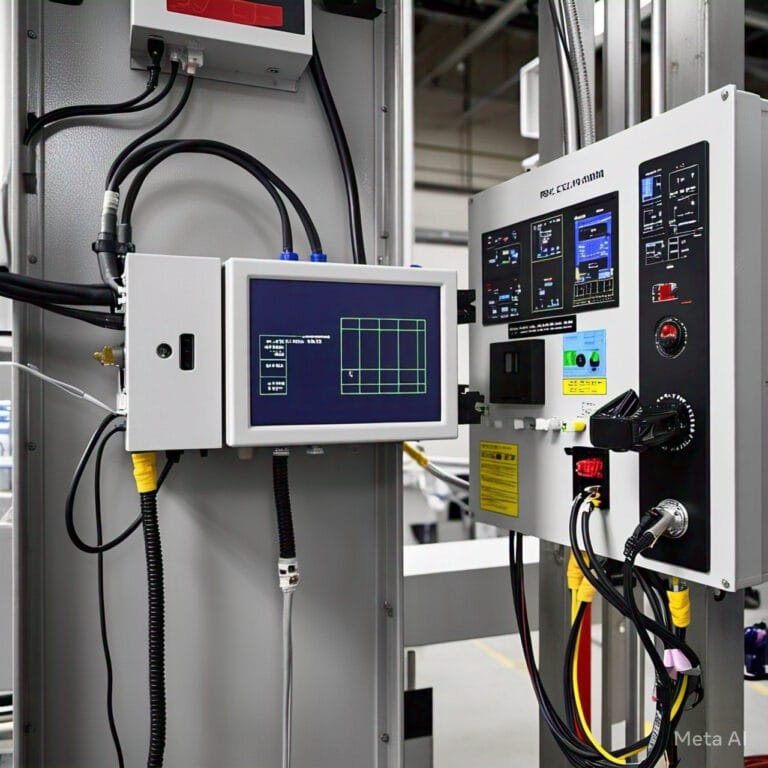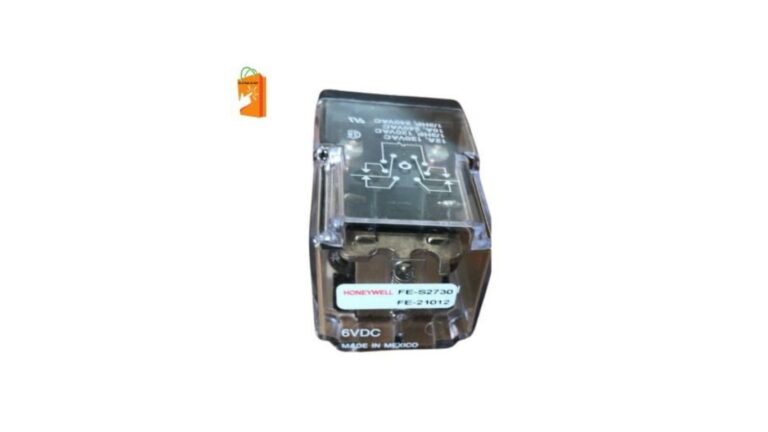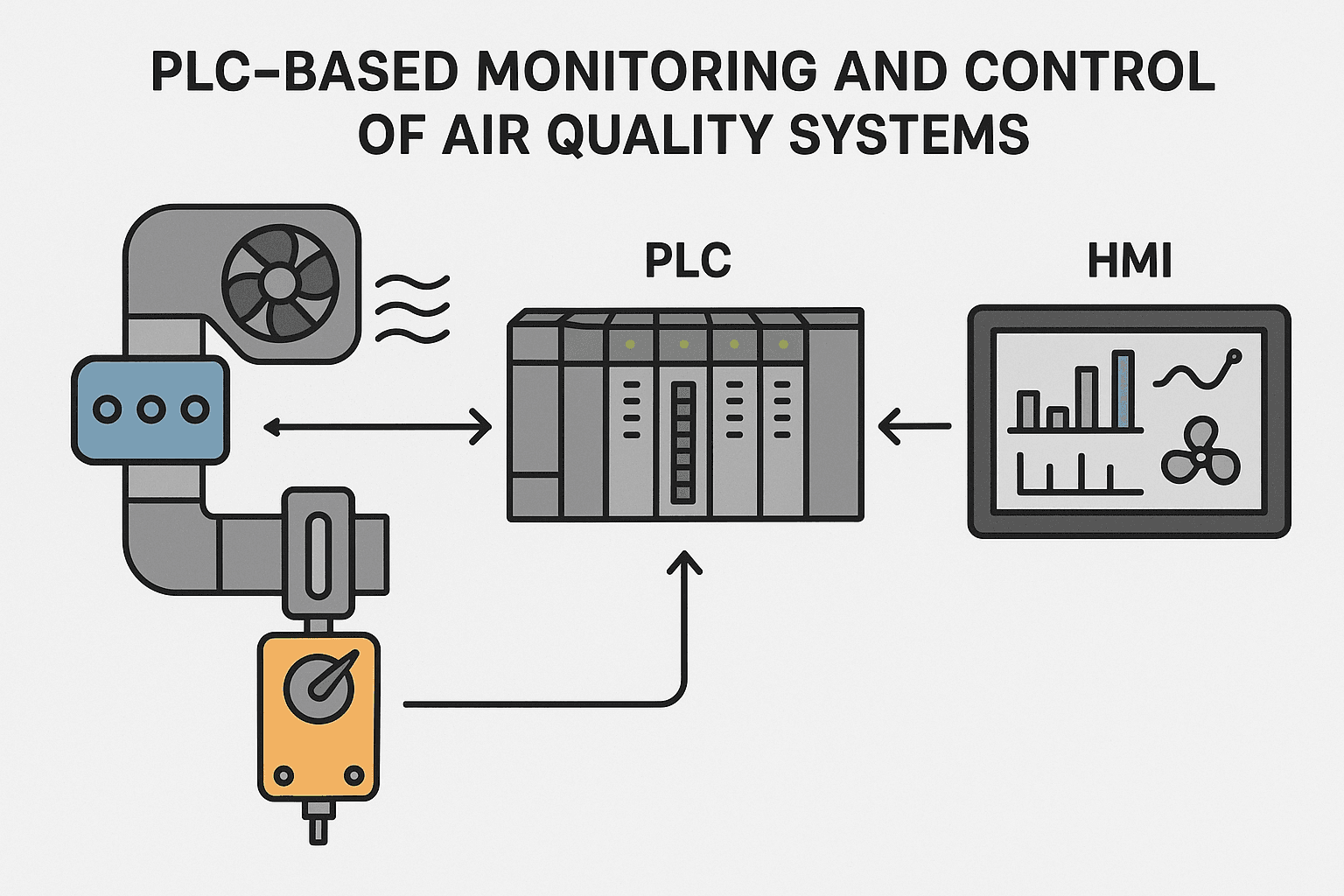Why Engineers Prefer the 1756-OF8I for Complex Automation
Automation has become the backbone of modern industry. As manufacturing, process control, and energy systems grow more sophisticated, the need for accurate, reliable, and flexible control solutions continues to rise. Engineers are constantly searching for components that deliver precision, stability, and adaptability.
Among the many components used in automation systems, analog output modules play a crucial role. These modules act as the bridge between digital controllers and analog field devices, ensuring that signals are transmitted accurately and consistently. One standout example of such a device is the 1756-OF8I Allen-Bradley, a module known for its high performance and flexibility in complex automation environments.
Understanding What Makes the 1756-OF8I Special
Precision That Engineers Can Depend On
In control systems, precision is everything. Even the smallest fluctuation in output signals can impact the quality and efficiency of an industrial process. The 1756-OF8I Allen-Bradley module is designed to handle this demand by offering highly accurate and stable analog outputs.
Each channel within the module can generate independent analog signals, allowing for precise control of multiple devices simultaneously. Engineers prefer this type of precision because it eliminates inconsistencies and ensures that each process element performs exactly as intended.
Scalability and Configuration Flexibility
In complex automation setups, flexibility is key. The 1756-OF8I module provides multiple configuration options, enabling engineers to tailor each output to match specific application requirements. Whether it’s controlling valve actuators, drives, or transmitters, this module can handle a variety of industrial demands with ease.
This adaptability makes it suitable for both small and large-scale operations. As industries evolve, the ability to reconfigure modules without replacing entire systems saves both time and resources.
Designed for Demanding Industrial Environments
Ruggedness and Reliability
Industrial environments can be tough — with temperature variations, electrical noise, and mechanical vibrations constantly testing equipment durability. The 1756-OF8I module is engineered to withstand these challenges.
Its robust design and internal protection mechanisms help maintain signal integrity, even in high-interference areas. For engineers, this reliability translates to fewer downtime incidents and reduced maintenance costs — two factors that directly influence overall productivity.
Stable Performance Across Applications
From manufacturing lines to energy systems, analog signals control critical operations such as speed, temperature, and pressure. The 1756-OF8I Allen-Bradley delivers consistent output stability, ensuring that connected devices respond predictably.
This consistency is vital in sectors like pharmaceuticals, food processing, and power generation, where even slight deviations can lead to significant losses or safety risks.
Ease of Integration into Automation Systems
Seamless Communication Capabilities
Integration is a major consideration in automation design. Engineers often work with multiple control platforms, sensors, and communication protocols. The 1756-OF8I module supports smooth integration into diverse control architectures, simplifying the process of system expansion or modification.
Its communication capabilities allow it to share data efficiently between controllers and field devices, reducing latency and improving responsiveness. This level of compatibility helps engineers build scalable systems without compatibility issues.
Simplified Installation and Configuration
No engineer wants to spend unnecessary time troubleshooting or wiring modules. The 1756-OF8I is designed with user convenience in mind, featuring clear configuration settings and intuitive software tools that make setup straightforward.
Its design minimizes wiring complexity, making installation cleaner and reducing potential for errors. This user-focused approach is one reason why the module remains popular among control system designers and maintenance teams alike.
Performance That Drives Efficiency
Fast Response for Real-Time Control
In high-speed industrial processes, response time is critical. Any delay in signal transmission or processing can lead to inefficiencies or even operational errors. The 1756-OF8I module offers rapid update rates, allowing for real-time adjustments in demanding systems.
Engineers working in process control, robotics, and motion applications appreciate this feature because it ensures smooth transitions and precise coordination between multiple control elements.
Energy Efficiency and Reduced Power Load
Modern industries are focused not only on performance but also on sustainability. The 1756-OF8I module operates with optimized power consumption, minimizing the overall energy load on the system.
Efficient power usage not only reduces operating costs but also extends the lifespan of the entire control setup — a benefit that aligns with the growing trend toward greener, more efficient manufacturing practices.
Safety and Diagnostics for Smarter Control
Built-In Protection Features
Automation systems often operate continuously, leaving little room for error. The 1756-OF8I module incorporates overcurrent and short-circuit protection to safeguard both the module and connected field devices.
This design ensures that unexpected electrical issues do not escalate into costly equipment failures. For engineers, such built-in protection simplifies maintenance and enhances system reliability.
Comprehensive Diagnostic Functions
In complex automation environments, quick troubleshooting is crucial. The 1756-OF8I Allen-Bradley provides detailed diagnostic feedback, helping engineers monitor system health and detect issues before they affect performance.
With this diagnostic insight, maintenance teams can plan interventions proactively, reducing unplanned downtime and maintaining smooth operation across production lines.
Applications That Benefit from the 1756-OF8I
The flexibility of the module makes it suitable for a wide range of industrial applications:
- Manufacturing: Precise control of actuators, valves, and drives for consistent product quality.
- Energy Systems: Stable control of turbines and generators for optimized performance.
- Chemical and Pharmaceutical Production: Accurate dosing and temperature regulation for safety and precision.
- Water Treatment Plants: Reliable management of flow, pressure, and chemical balance.
Each of these sectors requires real-time accuracy, and the 1756-OF8I module’s robust analog output performance ensures dependable results under varying conditions.
Why Engineers Continue to Choose the 1756-OF8I
Engineers value reliability, precision, and flexibility above all else when designing automation systems. The 1756-OF8I module consistently meets these expectations through a blend of advanced engineering and practical usability.
Its ability to handle complex control tasks, integrate easily into various system architectures, and deliver stable output under pressure makes it a trusted choice for professionals across industries.
When searching for dependable analog control hardware, many find that the 1756-OF8I Allen-Bradley strikes the perfect balance between innovation and reliability.
Conclusion
In today’s fast-moving industrial landscape, success depends on technology that can adapt, perform, and endure. The 1756-OF8I module embodies these qualities, providing engineers with a versatile tool for managing complex automation systems and interfacing seamlessly with PLC/HMI architectures. It delivers the precision required for high-performance operations while maintaining the resilience needed for demanding industrial conditions. Whether in large manufacturing facilities or specialized process environments, this module proves its value time and time again. For engineers designing the future of automation, the 1756-OF8I Allen-Bradley represents more than just a component — it’s a cornerstone of reliable, efficient, and intelligent control.







